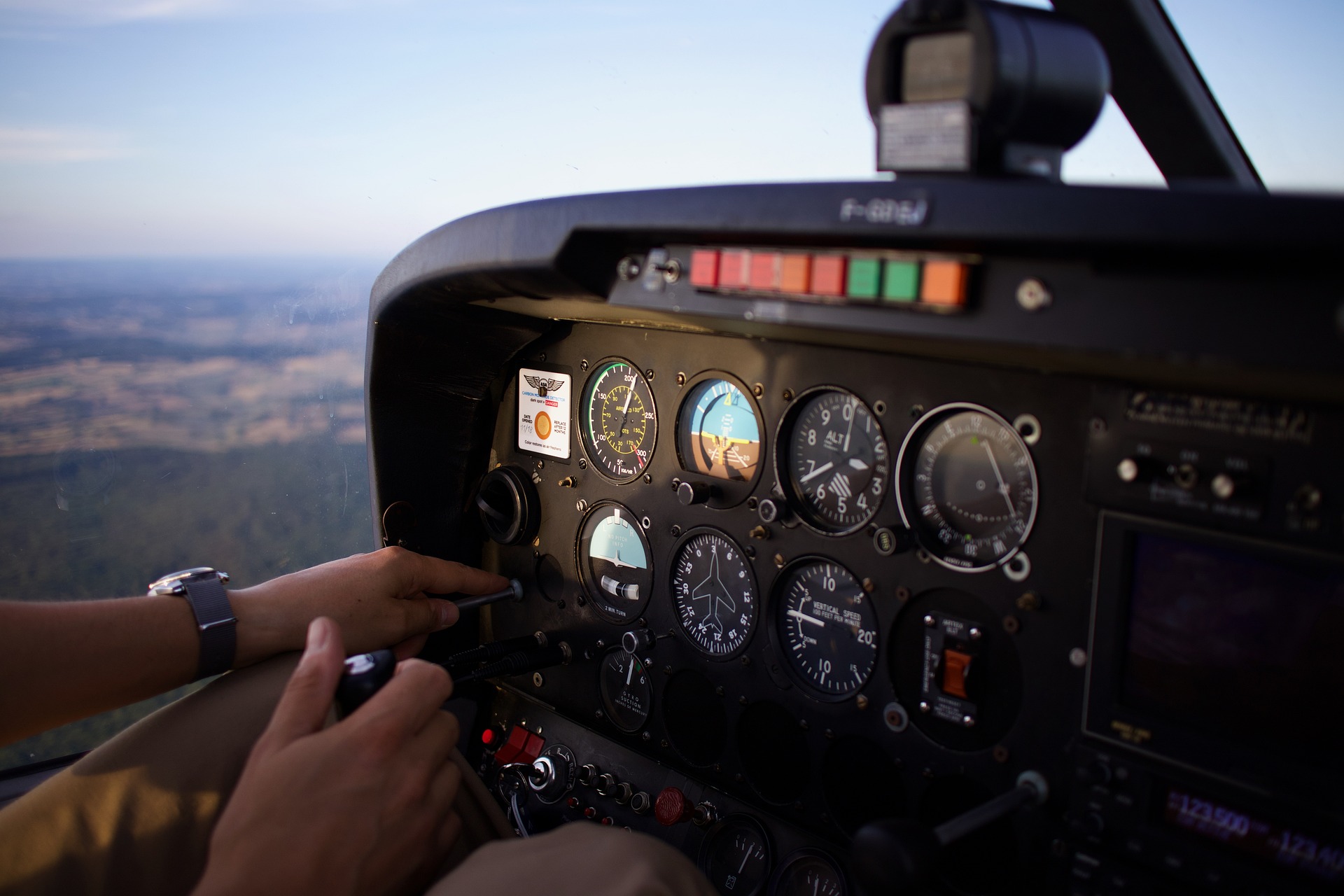Flight Training Guide: From Student Pilot to Captain
Start your pilot journey with a clear roadmap to success. This guide walks you through aviation training — from initial ground school and first flights to advanced ratings and career-level certifications. Learn about license types, timelines, costs, physical requirements, and how to pick the right flight school so you can progress confidently toward a professional aviation career.

After finishing ground school, student pilots transition to practical flight instruction where classroom theory is put into action. The hands-on portion begins with introductory flights designed to familiarize learners with the cockpit, basic controls, and elementary maneuvers under the supervision of a certified flight instructor. As experience accumulates, training advances to more complex procedures such as precise takeoffs and landings, cross-country navigation, and emergency handling.
What types of pilot licenses exist?
There are several certificates and ratings that determine what you can fly and under which conditions. The main ones most trainees pursue are:
-
Private Pilot License (PPL): The PPL is the entry-level certificate for recreational and personal flying. Holders can operate single-engine aircraft for non-commercial purposes and gain foundational airmanship.
-
Commercial Pilot License (CPL): The CPL permits pilots to be compensated for their flying. It builds on PPL skills with higher standards for aeronautical knowledge, flight proficiency, and decision-making.
-
Airline Transport Pilot License (ATPL): The ATPL is the top-tier certificate required to serve as captain on most large, multi-crew airliners. It demands extensive flight time, advanced training, and stringent testing.
-
Instrument Rating (IR): An add-on qualification available to PPL or CPL holders that authorizes flight under Instrument Flight Rules (IFR). This rating is essential for flying in low-visibility conditions and broadens operational capability.
Each credential requires a set number of logged flight hours, written examinations, and practical flight tests to confirm competence. Exact hour minimums and exam formats vary by country and regulating authority.
Typical training timelines
Training duration depends on the license sought, training intensity, and personal aptitude. General timelines are:
- Private Pilot License: Many students complete a PPL in 3–6 months with full-time study, or 6–12 months on a part-time schedule.
- Commercial Pilot License: After the PPL, obtaining a CPL often takes an additional 6–12 months, depending on how rapidly you accumulate hours and complete required modules.
- Airline Transport Pilot License: Achieving ATPL status can take several years because it requires substantial total flight time, airline-type experience, and additional certifications.
These are estimates; actual progress is influenced by how often you fly, local weather, aircraft availability, and individual learning curves.
Costs of flight training
Costs can vary widely by region, aircraft type, and school. The table below provides a general range for common training elements in the United States.
| Training Component | Estimated Cost Range (USD) |
|---|---|
| Private Pilot License | $10,000 - $20,000 |
| Commercial Pilot License | $30,000 - $60,000 |
| Instrument Rating | $8,000 - $15,000 |
| Multi-Engine Rating | $5,000 - $10,000 |
| Flight Instructor Certificate | $5,000 - $10,000 |
Prices, rates, or cost estimates mentioned in this article are based on the latest available information but may change over time. Independent research is advised before making financial decisions.
Beyond the items shown, budget for books and electronic training aids, medical exams, testing fees, uniform or headsets (if desired), and transportation to and from the airport. Many trainees offset costs with financing, scholarships, or modular training plans that spread expenses over time.
Physical and medical requirements
Prospective pilots must meet medical standards to ensure safe operation of aircraft. Key considerations include:
- Vision: You do not need perfect uncorrected vision, but vision must be correctable (e.g., with glasses or contact lenses) to meet regulatory standards, typically to 20/20.
- Hearing: Adequate hearing is required for clear radio and cockpit communication.
- Overall health: A medical examination by an authorized aviation medical examiner is mandatory to obtain a medical certificate confirming fitness to fly.
The exact medical class required (first, second, or third class) depends on the license level and the privileges you seek. Discuss requirements with an aviation medical examiner early so you know what to expect.
How to choose the right flight school
Selecting a quality training provider affects both your safety and your career prospects. Consider these factors when evaluating schools:
- Accreditation and approvals: Confirm the school is certified by the national aviation authority and follows regulatory training standards.
- Aircraft fleet and maintenance: Inspect the types and conditions of aircraft used for training; well-maintained planes reduce downtime and improve safety.
- Instructor qualifications: Experienced, patient instructors with strong communication skills are invaluable.
- Training structure: Compare course formats (integrated vs. modular), available ratings, and whether the school supports career pathways to airlines.
- Location and weather: Training in regions with stable weather allows more consistent flying; complex airspace can be an advantage for learning advanced traffic management.
- Transparent pricing: Ensure you understand what is included in quoted prices and ask about extra fees for checkrides, materials, or cancellations.
- Student outcomes: Ask about pass rates for written exams and practical tests, and speak with current or former students for firsthand feedback.
Final thoughts
Learning to fly is demanding but deeply rewarding. Understanding the license options, timelines, costs, medical criteria, and how to choose a flight school will help you plan an efficient, safe route toward your aviation goals. Whether you fly for personal enjoyment or aim for an airline career, structured training and realistic expectations are the keys to progress and long-term success in the skies.






